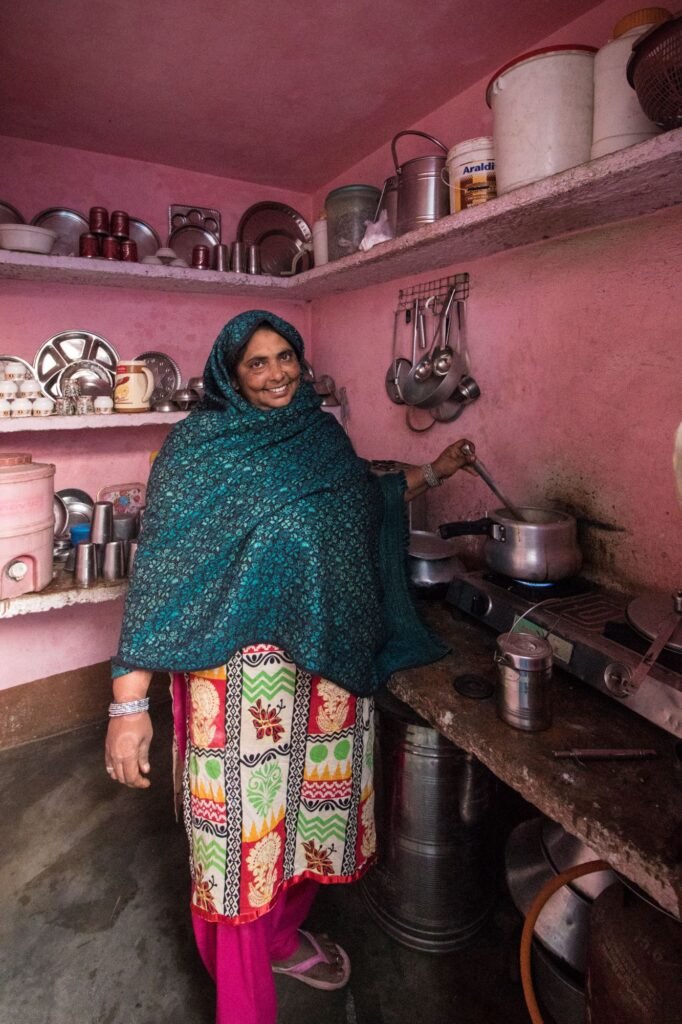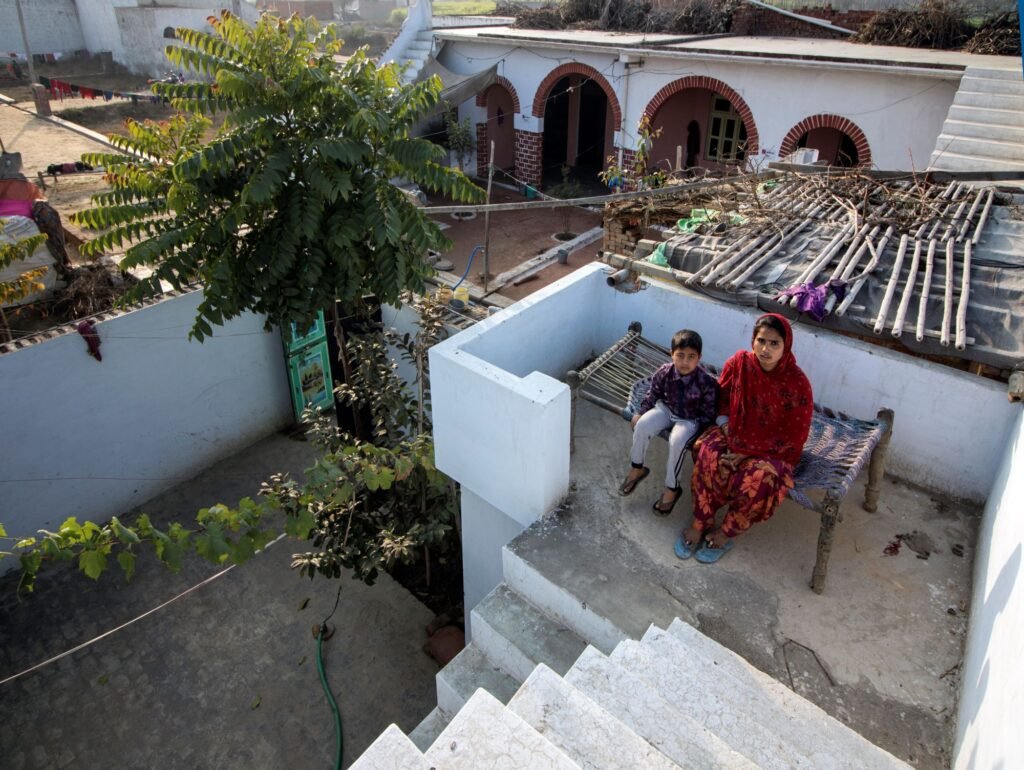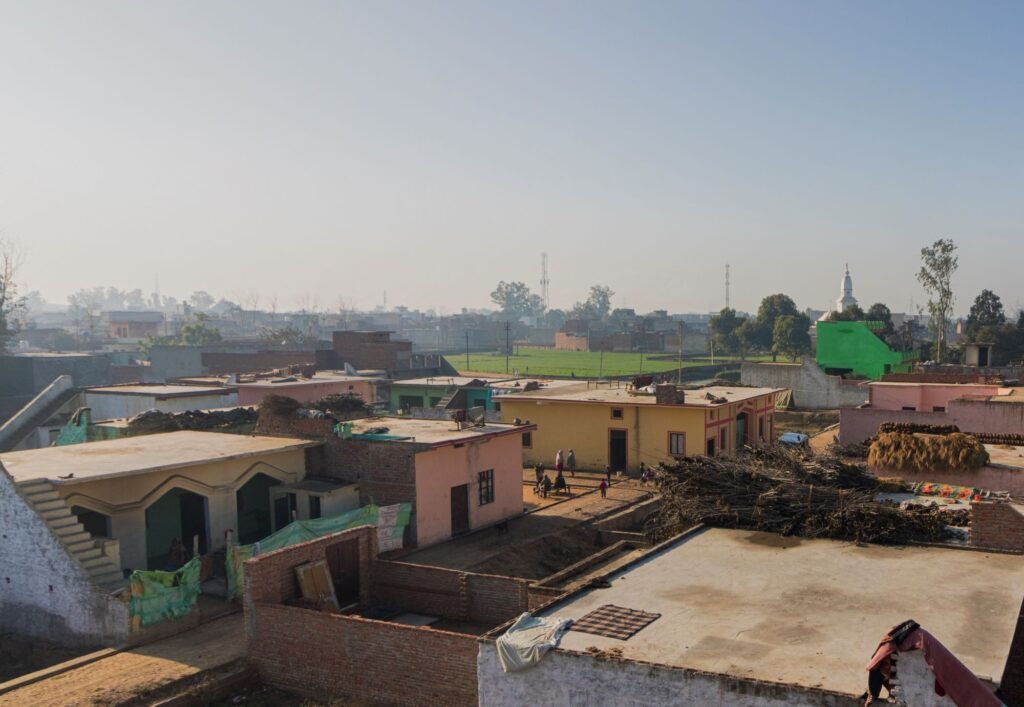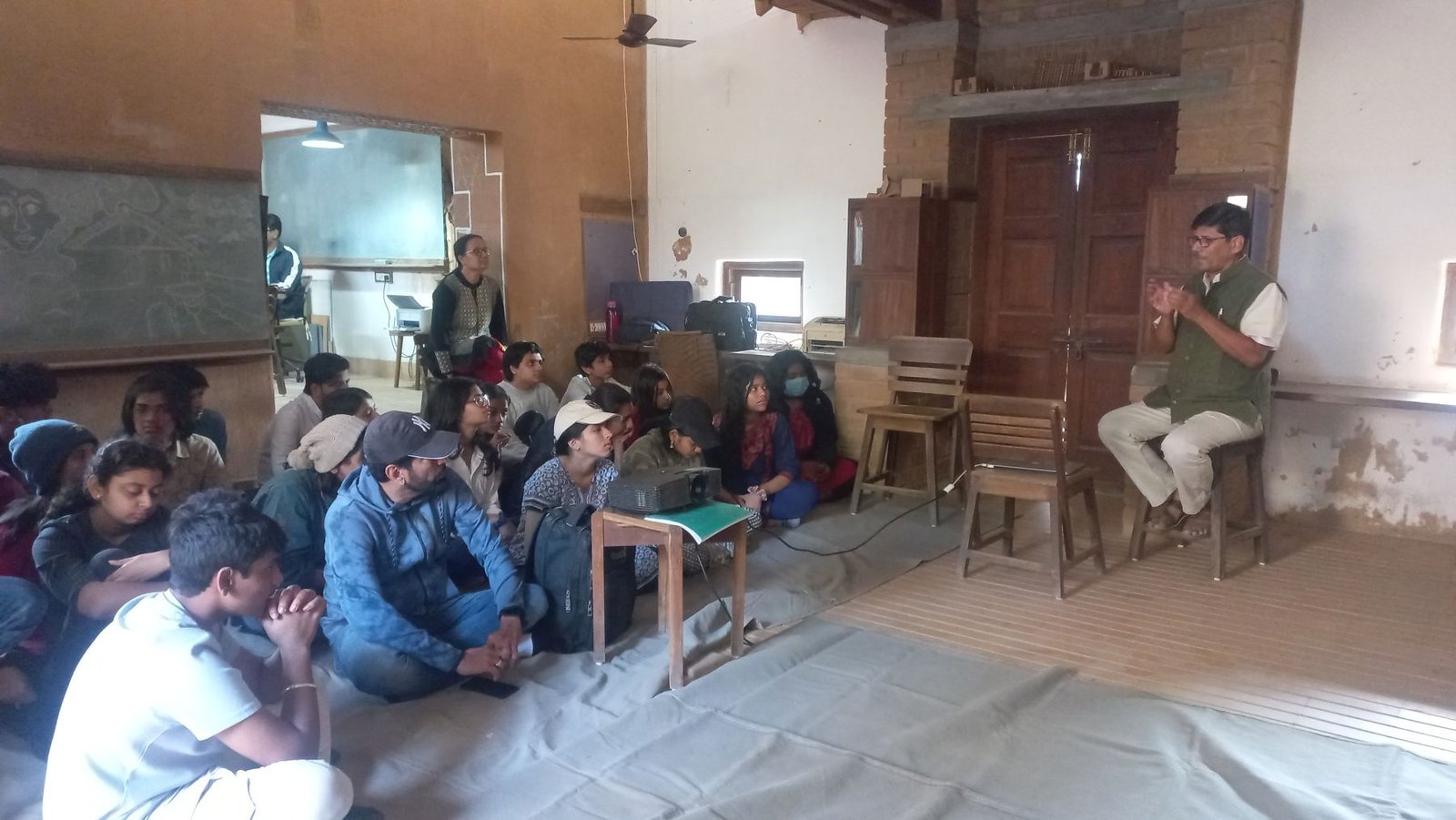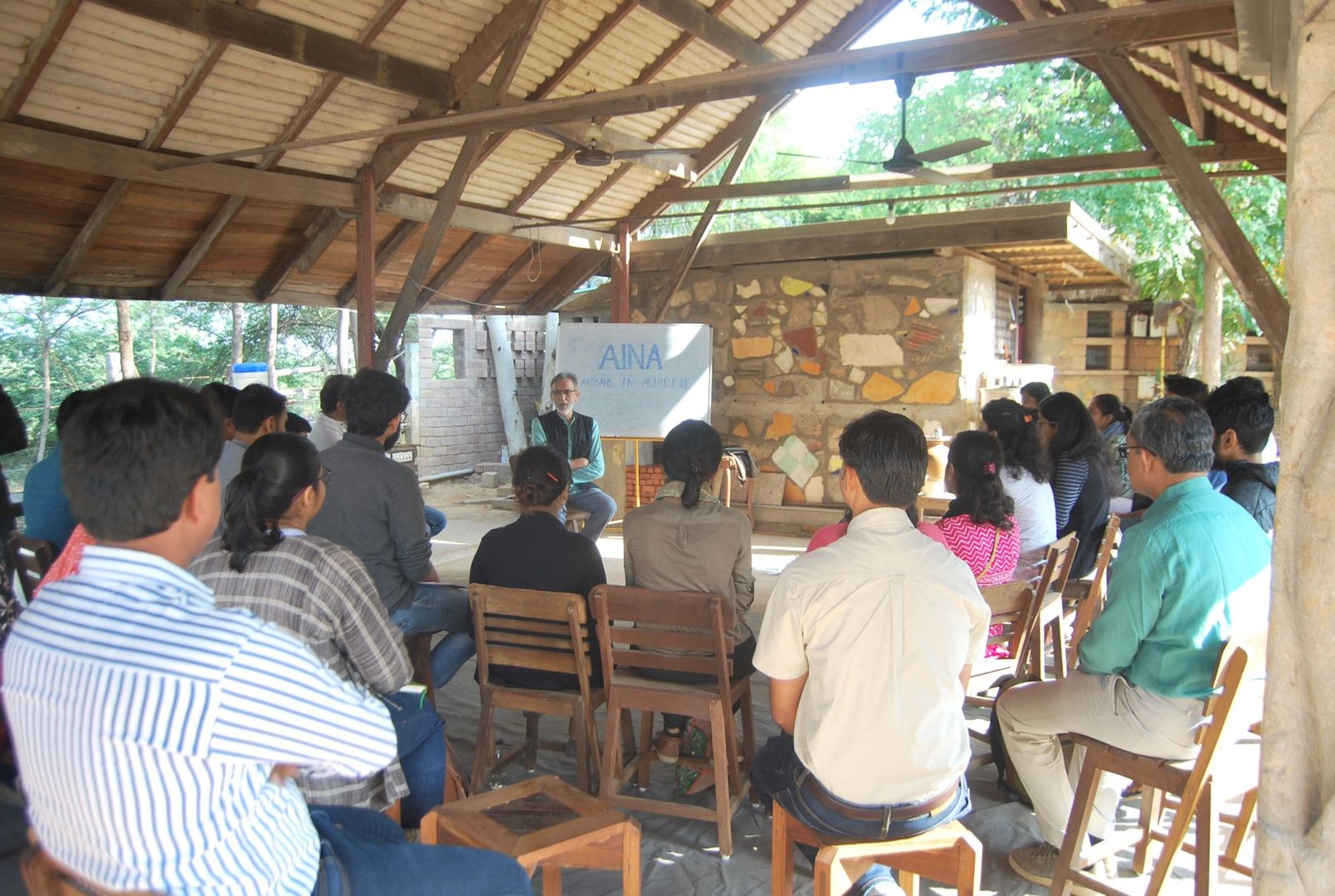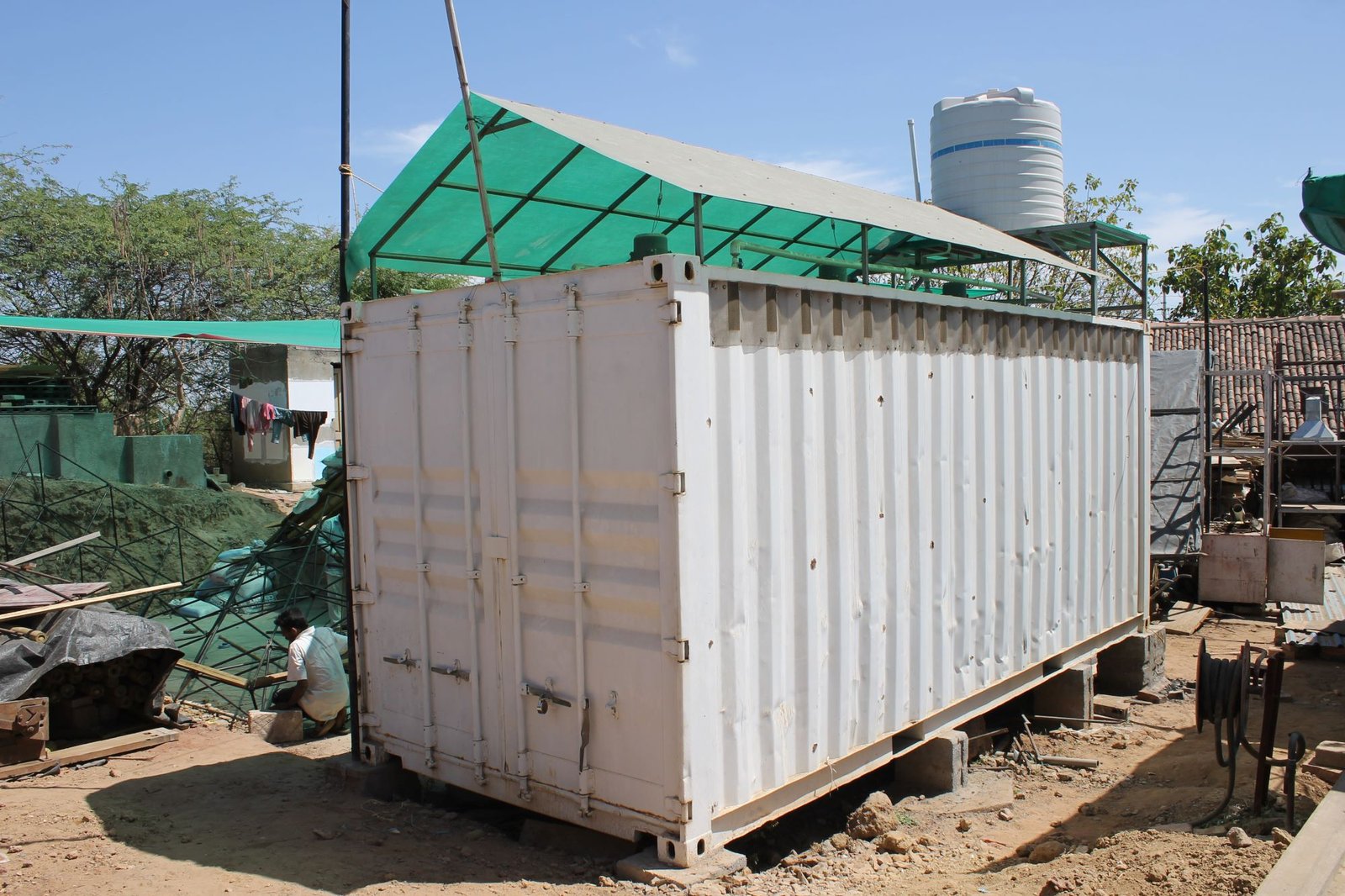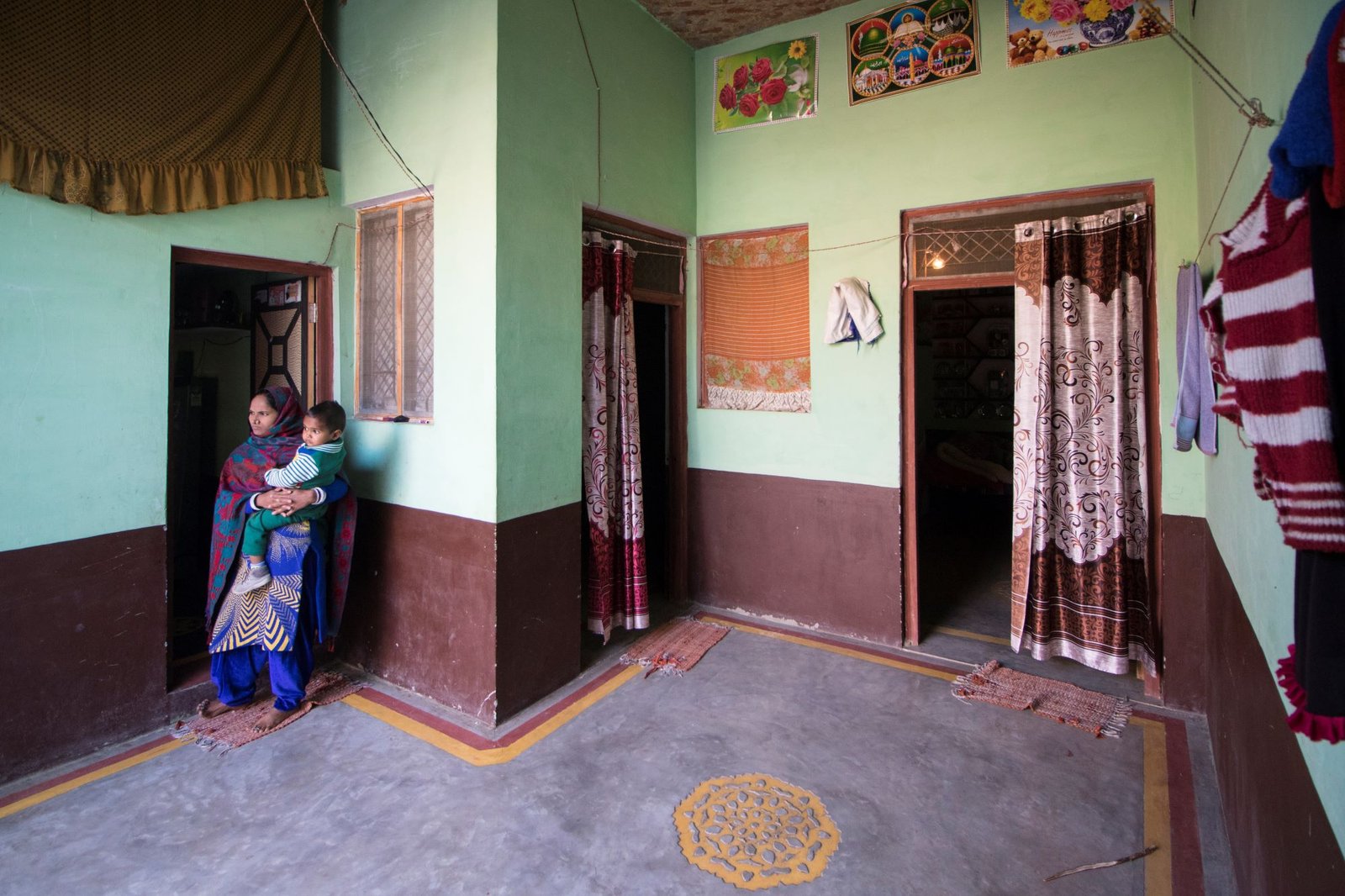
In the Daob region of Uttar Pradesh, communal tensions arose in August 2013, straining relations between the Jat and Muslim communities. This led to violence, resulting in the displacement of over 5,000 Muslim families. Seeking refuge in camps, some families were unable to return to their villages due to the severity of the violence. The incident disrupted long-standing communal harmony in the region, leaving lasting scars and challenges for the affected families.
Driven by political motivations, the authorities forcefully cleared the camps for the riot victims to create an illusion of normalcy in the region. However, the truth was starkly different. Displaced families still resided in scattered makeshift shelters and tents, although they were less visible. While the Uttar Pradesh government provided compensation of Rs. 5,00,000 to nine villages severely affected by the violence, the process was flawed. Moreover, numerous families who had been displaced but didn’t make the shortlist faced the dilemma of not having resources to rebuild their lives elsewhere or return to their previous lives.
Looking back on the past, and as we understand the people, culture and aesthetics, the interpretation and use of spaces within a house vary reflecting their values and lifestyles. When working across cultures, it is important to grasp their concept of beauty, colour choices, proportions, symmetry, and meaningful decorative motifs. In the region being discussed, aesthetics held great significance to the people. This need for embellishment was apparent in various aspects, including the adornment of facades, doors, floors, and ceilings in the homes of the Sheikhs and the local community.



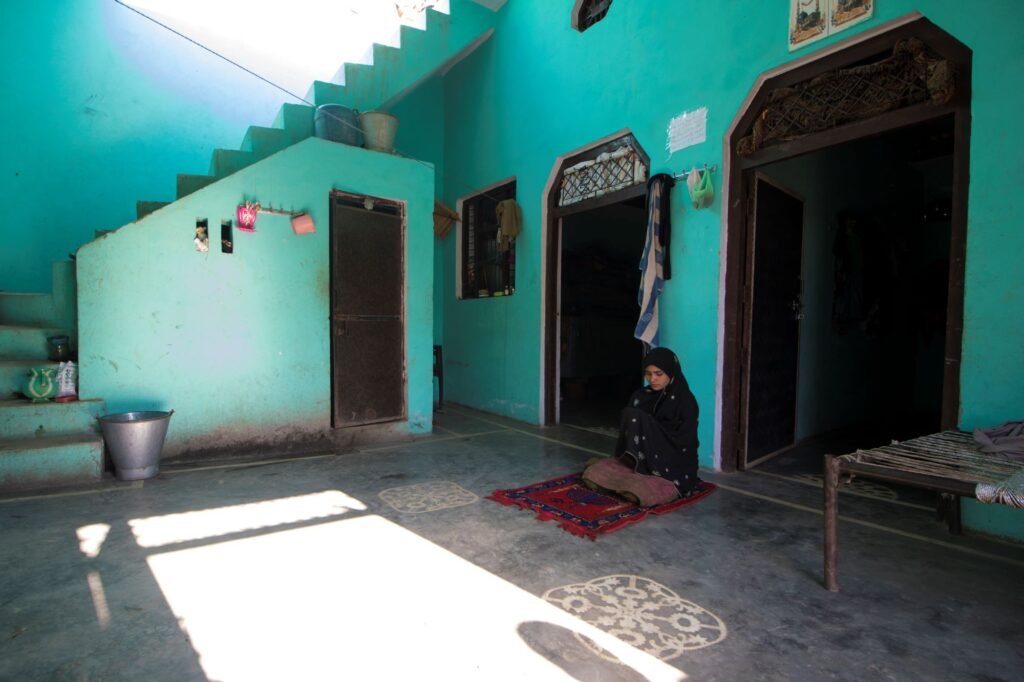


At the core of this model was the concept of creating a home and community for those violently displaced, offering a fresh start and healing. The design process sought to empower the affected individuals by involving them in decision-making. To cater to as many people as possible, the design considered both the residents of the nine affected villages and the uncompensated displaced population. Studying local architectural styles and engaging with various stakeholders, including the affected community, women, masons, and government engineers, informed the design approach.
The construction was community-driven, without any hired contractors. A Steering Committee, comprising representatives from partner organisations, oversaw the shelter construction. They facilitated social aspects, provided technical support, raised funds, and coordinated with state authorities, empowering the community to rebuild their lives. The design aimed to minimise construction costs by utilising locally available materials and skills. It respected the community’s building traditions and followed their typical house plans to maintain a sense of continuity. Additionally, safety features were incorporated to address the lack of such measures in their traditional techniques, ensuring that the construction was secure, particularly considering the area’s classification in Seismic Zone 4.

